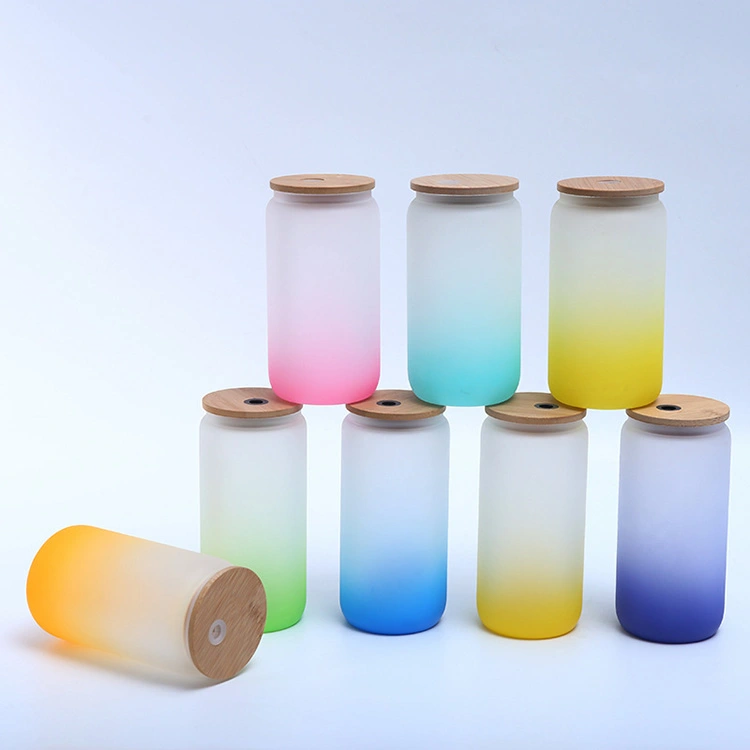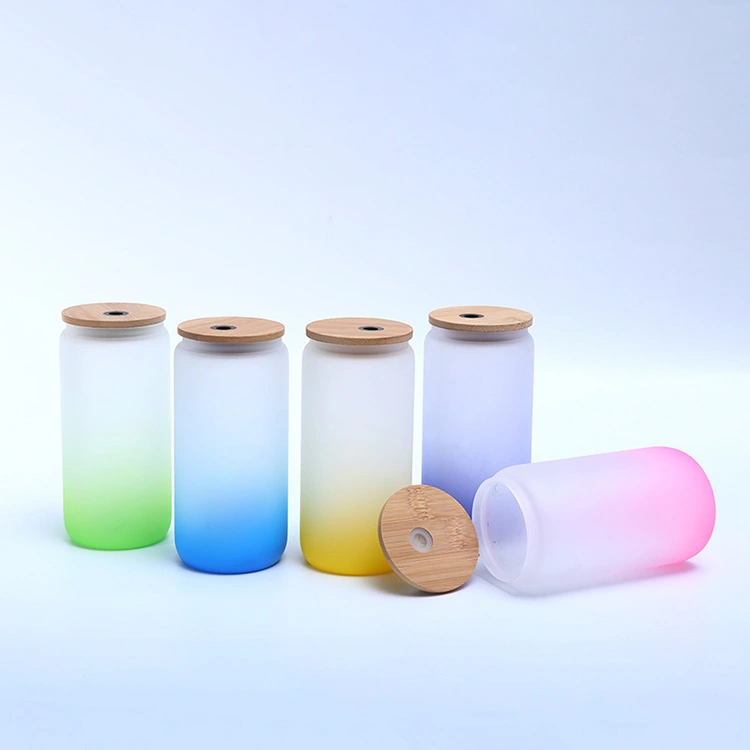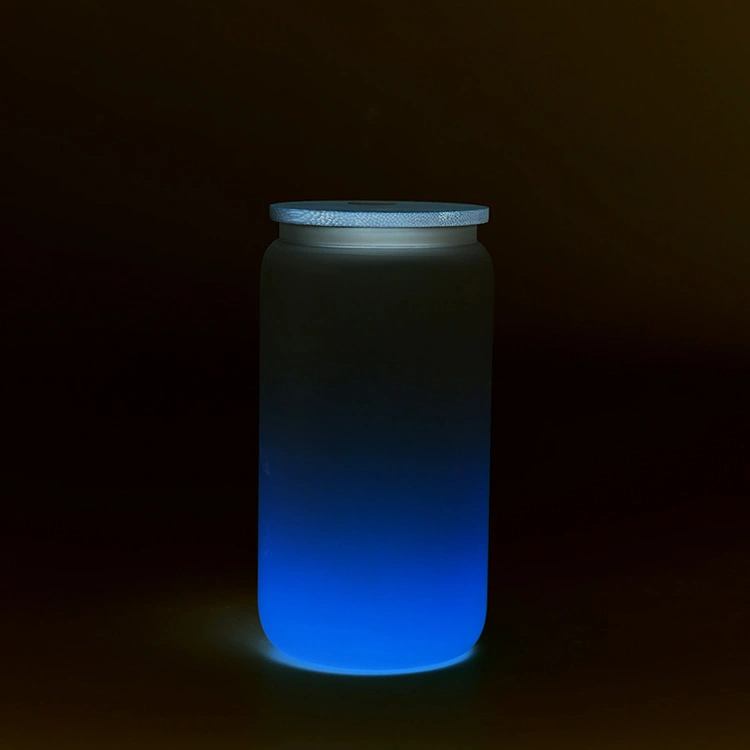- English
- Español
- Português
- русский
- Français
- 日本語
- Deutsch
- tiếng Việt
- Italiano
- Nederlands
- ภาษาไทย
- Polski
- 한국어
- Svenska
- magyar
- Malay
- বাংলা ভাষার
- Dansk
- Suomi
- हिन्दी
- Pilipino
- Türkçe
- Gaeilge
- العربية
- Indonesia
- Norsk
- تمل
- český
- ελληνικά
- український
- Javanese
- فارسی
- தமிழ்
- తెలుగు
- नेपाली
- Burmese
- български
- ລາວ
- Latine
- Қазақша
- Euskal
- Azərbaycan
- Slovenský jazyk
- Македонски
- Lietuvos
- Eesti Keel
- Română
- Slovenski
- मराठी
- Srpski језик
How long do you sublimate glass cup?
2023-11-06
Sublimation on glass cups involves the transfer of a printed design or image onto the surface of the glass through the sublimation process. The specific sublimation time for a glass cup can vary depending on the equipment, heat press, and sublimation ink being used. There is a general guideline for sublimating glass cups:
Prepare Your Design:
Ensure that your design is printed on sublimation paper using sublimation ink. The design should be the right size and positioned correctly on the cup.

Preheat Your Heat Press:
Preheat your heat press machine to the appropriate temperature for sublimation. This temperature can vary depending on the heat press and sublimation ink being used, but it's typically in the range of 350 to 400 degrees Fahrenheit (175 to 205 degrees Celsius).
Secure the Cup:
Use heat-resistant tape or a sublimation wrap to securely attach the sublimation paper with the design to the glass cup. Make sure the design is facing the cup's surface and is positioned correctly.

Sublimation Process:
Place the glass cup with the attached sublimation paper into the heat press. Apply even pressure and maintain the appropriate temperature for the required time.
Sublimation Time:
The sublimation time can vary but typically ranges from 2 to 5 minutes, depending on the specific equipment, ink, and cup. Check the instructions provided with your sublimation equipment and materials for the exact time required.
Cool Down:
Once the Sublimation Glass Cup time is complete, carefully remove the glass cup from the heat press. Be cautious, as the cup will be hot. Allow it to cool down to room temperature.

Remove Sublimation Paper:
After the cup has cooled, carefully remove the sublimation paper and any tape or wraps. Your design should now be permanently transferred onto the glass surface.
Keep in mind that it's essential to follow the manufacturer's guidelines for your specific sublimation equipment and materials, as the recommended time and temperature can vary. Additionally, it's a good practice to test sublimation on a sample or spare glass cup before working on your final product to ensure you achieve the desired results without damaging the cup.




